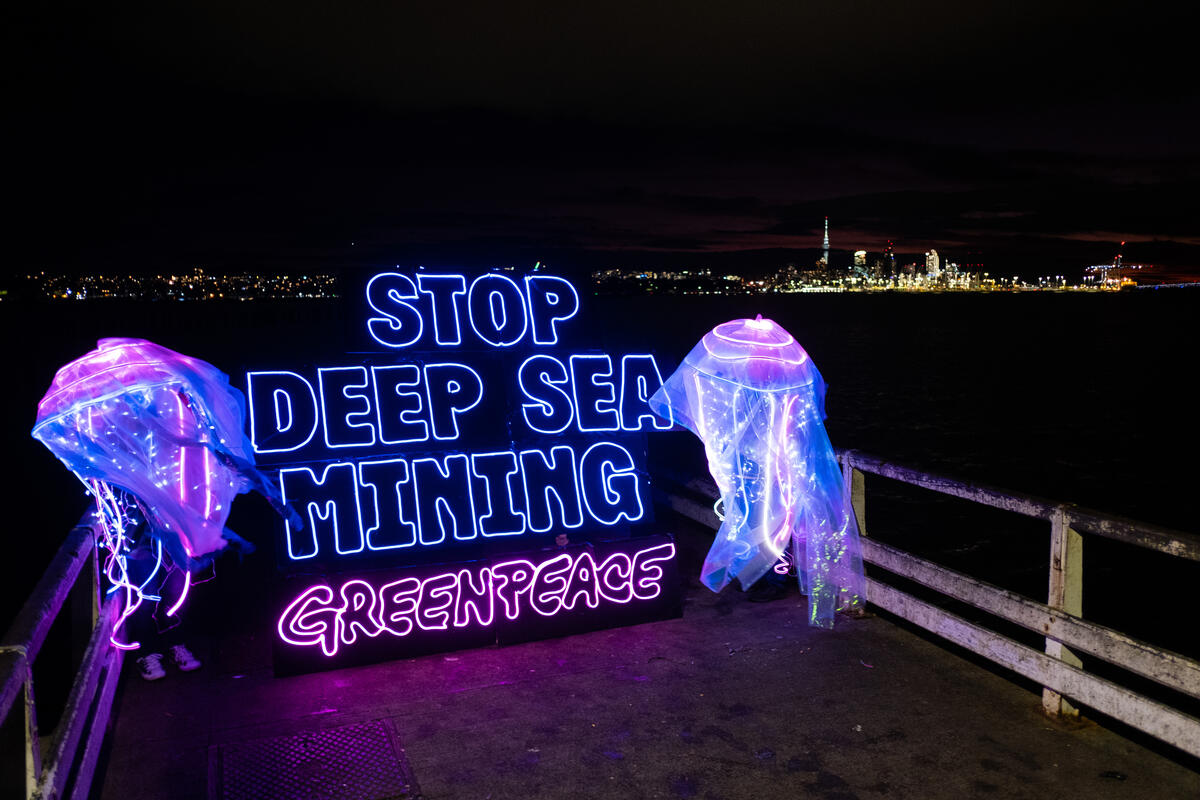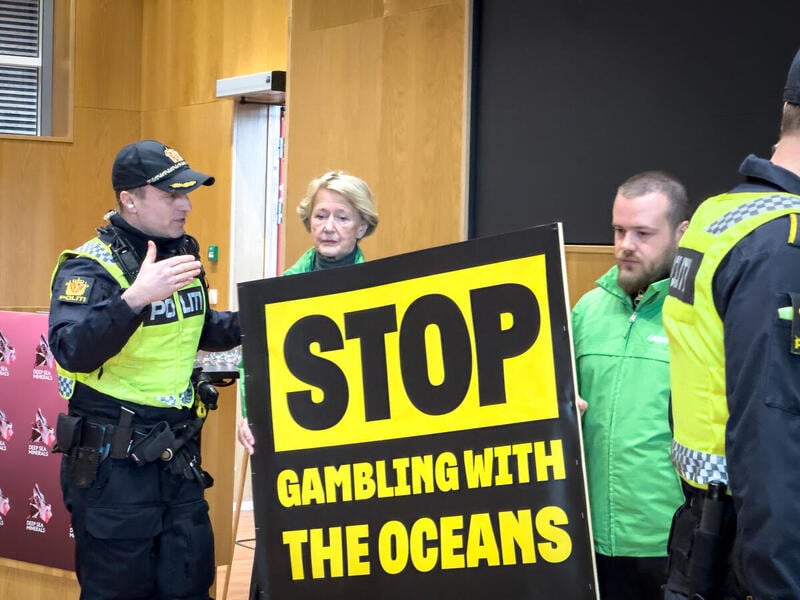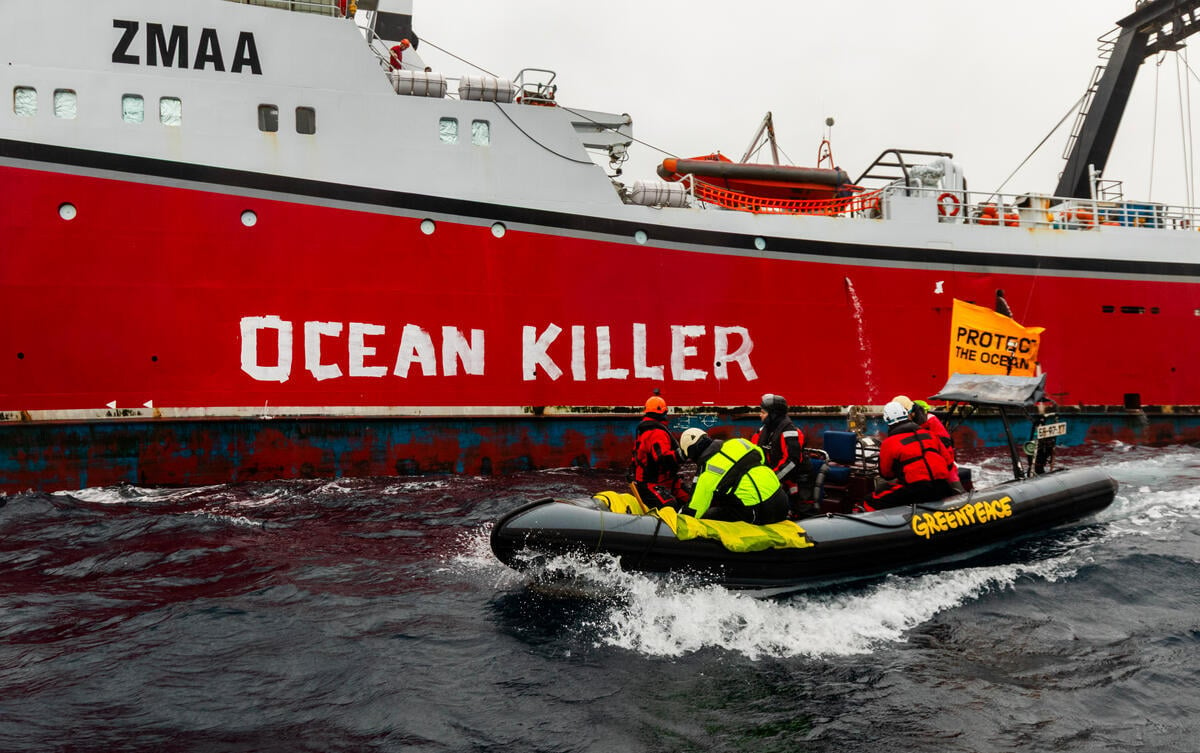This article was updated on 23 January to reflect the fact that while Chile became the first to vote to ratify the Treaty, Palau overtook Chile to become the first to officially ratify.
Santiago, Chile – The Chilean Senate voted on Tuesday to ratify the UN Ocean Treaty, a historic conservation agreement agreed in 2023. The vote passed unanimously.
Estefanía González, Deputy Campaign Director, Greenpeace Andino said: “Chile has been a key country during all the years of negotiating this treaty. It had a leading role in the progress of the negotiations, under different governments. This is an achievement for the thousands of Chileans who called for the protection of oceans. We congratulate the action of the congress and encourage Chile to take decisive measures to protect the oceans at a global and also local level, where we have enormous challenges.”
Once published in the government’s Official Journal this month, Chile will become the second country of 60 needed to ratify the Treaty by the 2025 UN Ocean Conference – only Palau ratified quicker. The Treaty must enter in force by this time to keep the globally agreed target of protecting 30% of the oceans by 2030 within reach.
Adopted in June 2023, the UN Ocean Treaty is the most significant multilateral environmental deal since the 2015 Paris Climate Agreement. Although 84 countries signed the treaty in September 2023, it will only enter into force once it is ratified by at least 60 countries.[1]
Chile’s ratification is a positive step forwards in the voyage to ratification, which should push other countries to accelerate their ratification processes.
Dr. Laura Meller, Campaign Lead, Greenpeace Protect the Oceans said: “Chile’s ratification is a crucial step towards protecting the oceans. All governments have agreed to protect 30% of the oceans by 2030. To reach this target, the UN Ocean Treaty must be ratified before the UN Ocean Conference in 2025. We hope more countries will be inspired by Chile’s rapid ratification and follow their lead to bring the Treaty to life, so the real work to protect the oceans can start.”
The High Seas are under increasing threats, including industrial fishing, pollution and the emerging deep sea mining industry. Once it enters into force, the Treaty will be a crucial tool to creating vast ocean sanctuaries covering at least 30% of the oceans. This is urgently needed to address the ocean crisis.
ENDS
Notes:
[1] Greenpeace created an interactive map where ratification of the treaty can be monitored, along with threats on the oceans.
In September 2023, Greenpeace International published 30×30: From Global Ocean Treaty to Protection at Sea setting out the political process to deliver protection for the global oceans. The report explores how cumulative pressures on the high seas are increasing, and quantifies for the first time the growing fishing activity in areas earmarked for protection, using data from Global Fishing Watch.
A petition has been launched by Greenpeace to call on governments to rapidly ratify the UN Ocean Treaty to create new ocean sanctuaries.
Contacts:
Magali Rubino, Global Media Lead for Greenpeace’s Protect the Oceans campaign, [email protected] +33 7 78 41 78 78 (GMT+1)
Greenpeace International Press Desk: [email protected], +31 (0) 20 718 2470 (available 24 hours)



